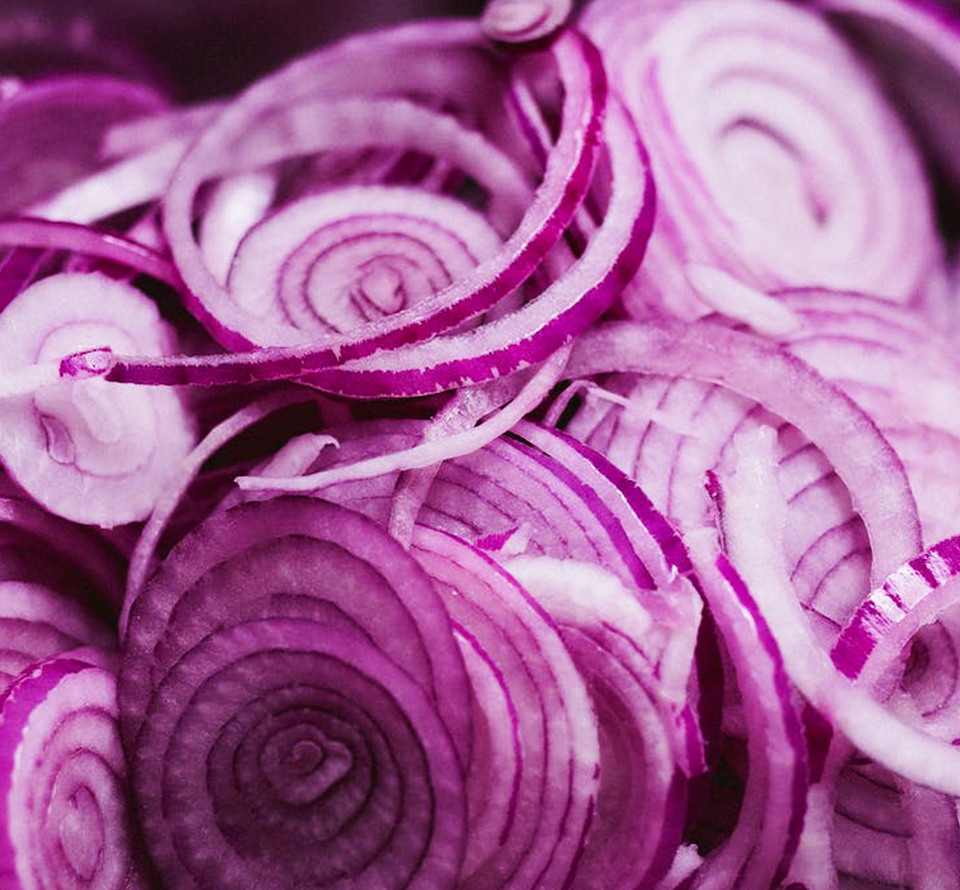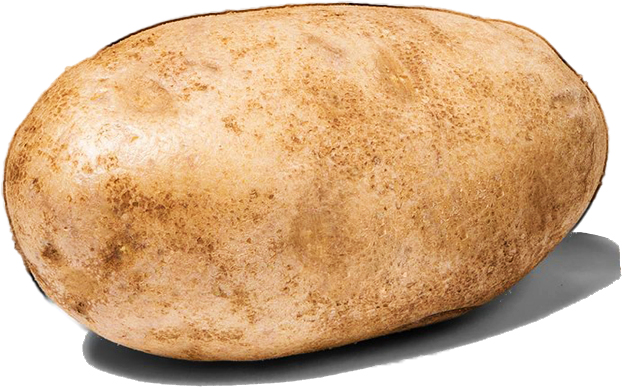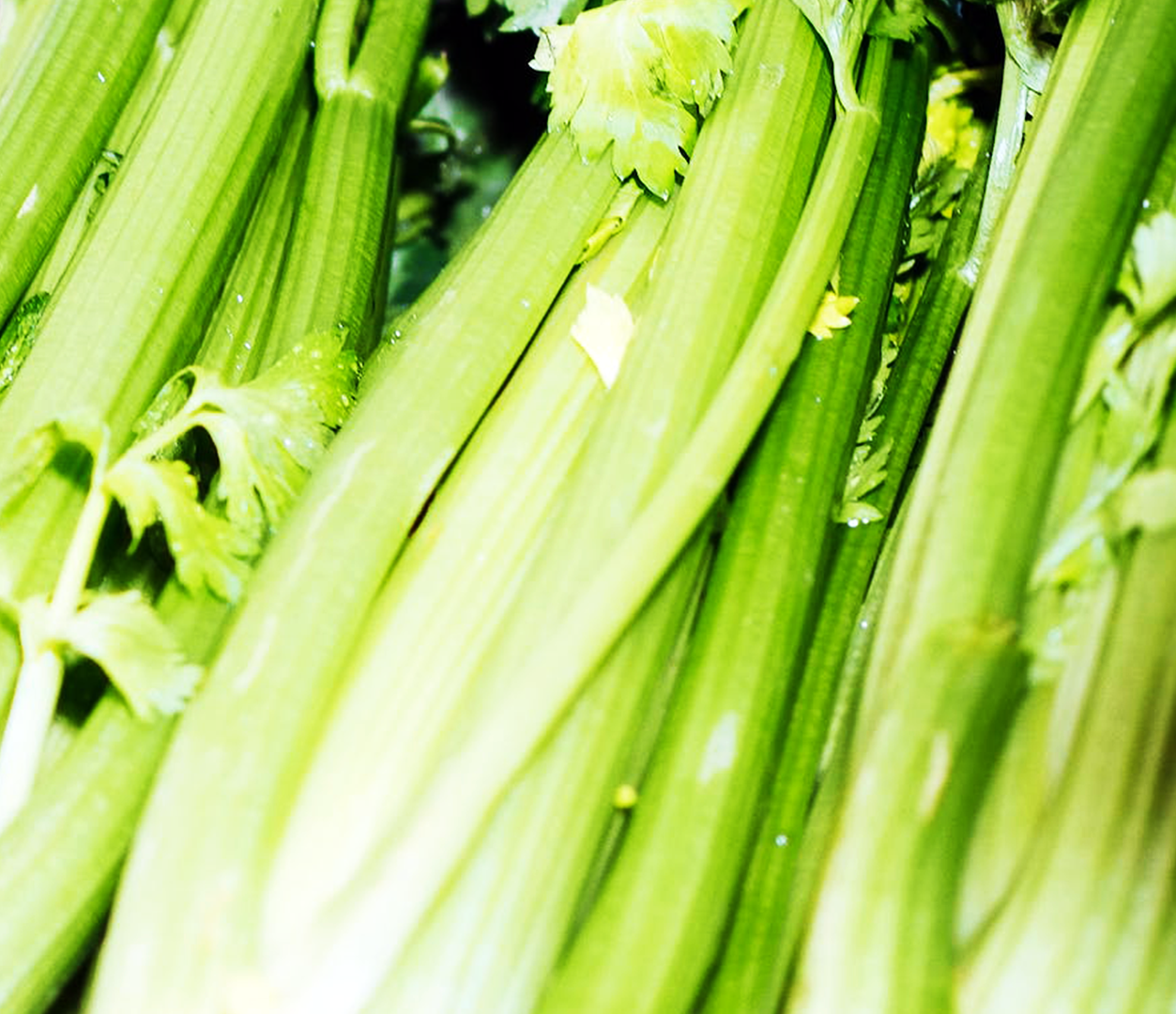As the days grow shorter and the temperatures begin to drop, many gardening enthusiasts might think it’s time to bid farewell to their beloved vegetable gardens. However, the gardening journey doesn’t have to end with the arrival of winter. With careful planning and the right selection of cold-hardy vegetables, and timing, you can keep your garden thriving even during the colder months.
In this article, we will explore a variety of vegetables that can be planted and cultivated for a bountiful winter harvest. These cold-tolerant plants not only offer a fresh source of homegrown produce but also add a touch of greenery and life to your winter landscape. So, let’s delve into the world of winter vegetables and discover the joys of year-round gardening.
1. Spinach

Spinach is cold-hardy, as it creates antifreeze proteins that can help it handle frost and chilly temperatures.
Sun: Partial to full-shade
Zones: 3-10
Nutrition: Antioxidants, potassium
Potential Issues: Contains oxalates, which in excess, can cause kidney and blood related complications.
2. Collard Greens

When temperatures drop, the cold weather causes the collards to convert starches into natural sugars. This causes the leaves to become sweeter.
Sun: Full
Zones: 7-11
Nutrition: Antioxidants
Potential Issues: In excess, can interfere with blood thinners.
3. Garlic

The secret to garlic’s winter success lies beneath the soil. Garlic bulbs are naturally frost-resistant, thanks to their insulation from the cold soil. Garlic planted in the fall may need more frozen ground protection.
Sun: Full
Zones: 5-9, depending on the variety
Nutrition: Antioxidants, Protein
Potential Issues: Eating too much can cause bad breath, stomach issues, heartburn, cardiovascular related issues, and more.
4. Kale

Like collard greens, kale converts some of its starches into natural sugars. This in turn, boosts the sweetness flavor. Kale is also renown for it’s cold hardiness and extended harvest window.
Sun: Full sun; partial shade
Zones: 6-10
Nutrition: Antioxidants (polyphenols, beta-carotene, folate, vitamins, flavonoids)
Potential Issues: Rich in iron. Contains oxalates and goitrogens, which are not great in excess.
5. Broccoli

Broccoli is a frost tolerant vegetable, and it progresses through the natural sweetening process.
Sun: Full
Zones: 2-11
Nutrition: Rich in vitamin c, antioxidants
Potential Issues: With excessive consumption can interfere with blood thinners, and cause hypotension. High in potassium.
6. Red Onions/Scallions

While red onions prefer temperatures into the 70s (°F), they can withstand for short periods of time, temperatures into the 20s (°F).
Sun: Full
Zones: 4-13
Nutrition: Flavonoids, antioxidants
Potential Issues: Monitor consumption as red onions can cause indigestion, slow blood clotting, and lower blood pressure.
7. Carrots

Carrots can withstand frost and freezing temperatures. They will also become sweeter as the starches convert to natural sugars.
Sun: Full
Zones: 3-10
Nutrition: Low sodium, vitamin A, vitamin K1
Potential Issues: In large quantities carrots can interfere with diabetic medication and they can cause vitamin a (beta carotene) toxicity.
8. Potatoes

This starchy vegetable can resist frost. The energy of the the plant is concentrated into the underground tubers, which serve as a natural insulator, protecting them from the winter cold.
Sun: Full
Zones: 2-11
Nutrition: Fiber, vitamin C, vitamin B6, vitamin B3, naturally sodium-free
Potential Issues: In excessive consumption, potatoes can cause hypertension, potato allergies, decreases the effects of blood clotting, and high glycemic load. Eating a green/bad potato can cause symptoms such as nausea, abdominal pain, headaches, and neurological problems. Solanine is the neurotoxin found in a green or bad potato.
9. Celery

While celery prefers warmer temperatures, 50°F-70°F, celery can survive cold temperatures up to 28°F.
Sun: Full
Zones: 5-8
Nutrition: Fiber, vitamin K, antioxidants, low sodium
Potential Issues: Monitor consumption as celery can cause celery allergies, drowsiness, prevent calcium from entering heart cells, photosensitivity, kidney problems, may increase risk of bleeding, and might cause low blood pressure.
Conclusion
In conclusion, the cultivation of winter vegetables offers a valuable opportunity to maintain a fresh source of homegrown produce throughout the colder months. These cold-hardy plants not only provide nutritional benefits but also add vibrancy to the winter garden landscape. By carefully selecting and planting suitable varieties, protecting against extreme cold, and following proper care practices, you can enjoy a bountiful winter harvest. Whether you’re a seasoned gardener or a novice, the joy of year-round gardening is within reach, ensuring a diverse and nutritious menu even in the heart of winter.
While vegetables offer a plethora of nutritional benefits, it is essential to recognize that not all individuals respond the same way to every vegetable. While these nutritious foods can be a cornerstone of a healthy diet, consumption should be monitored to account for potential adverse reactions or allergies.

